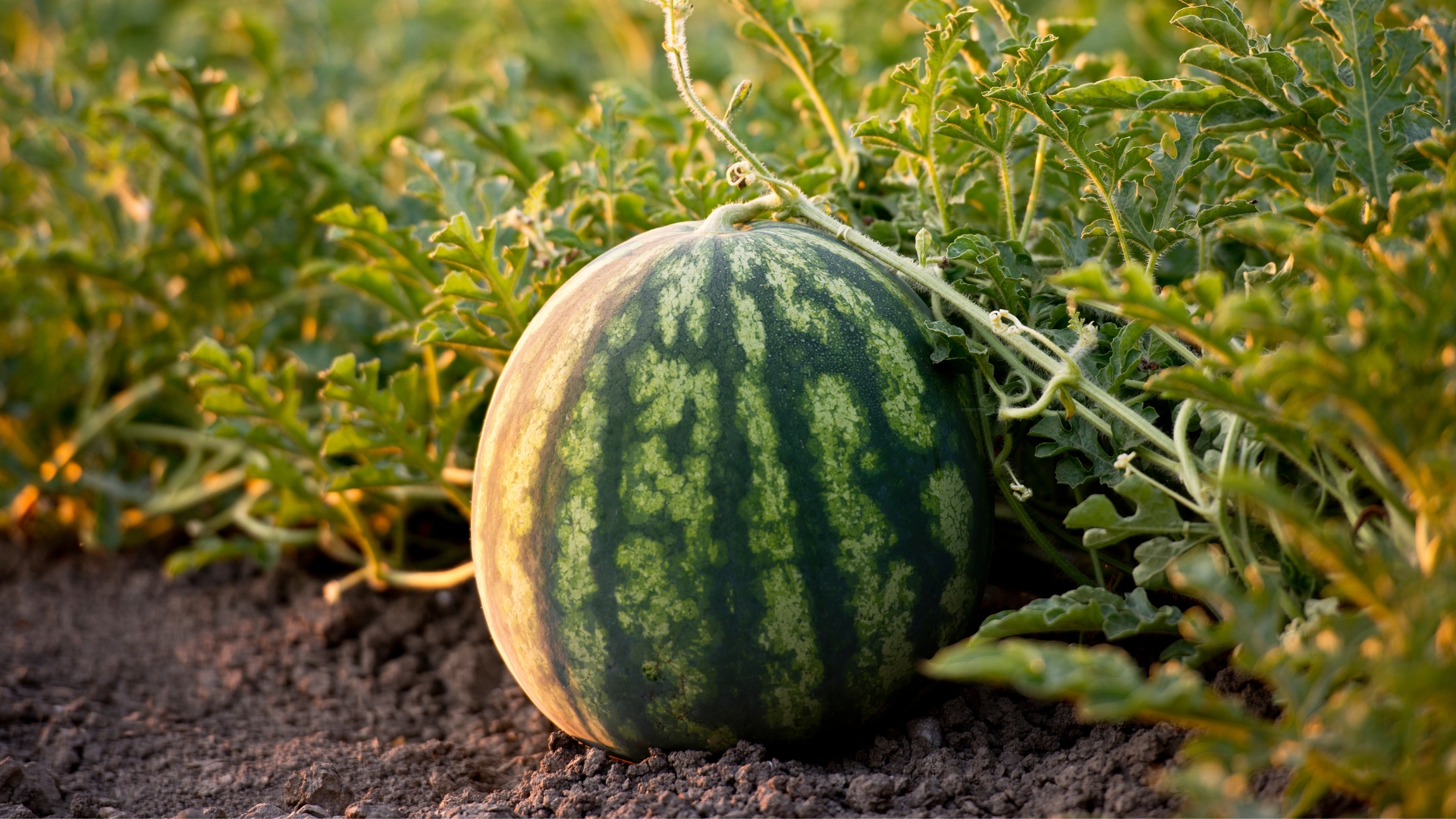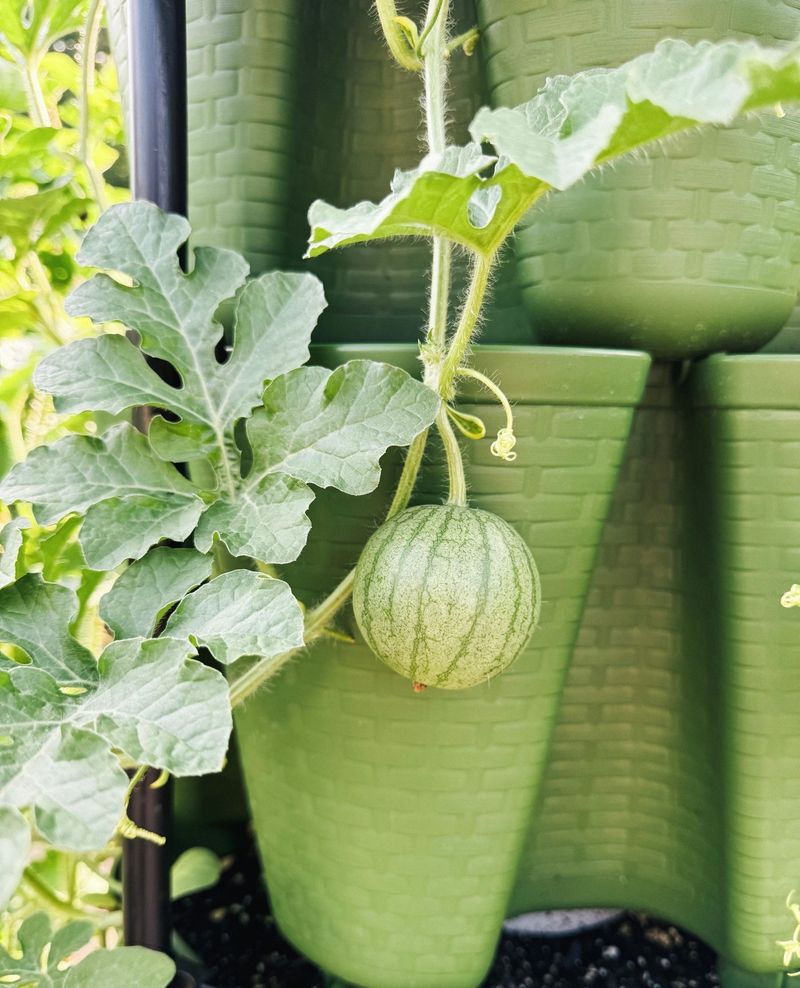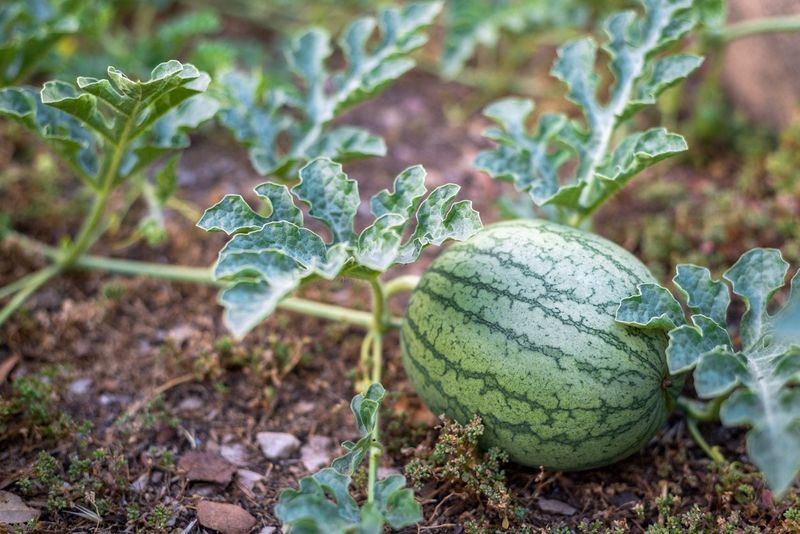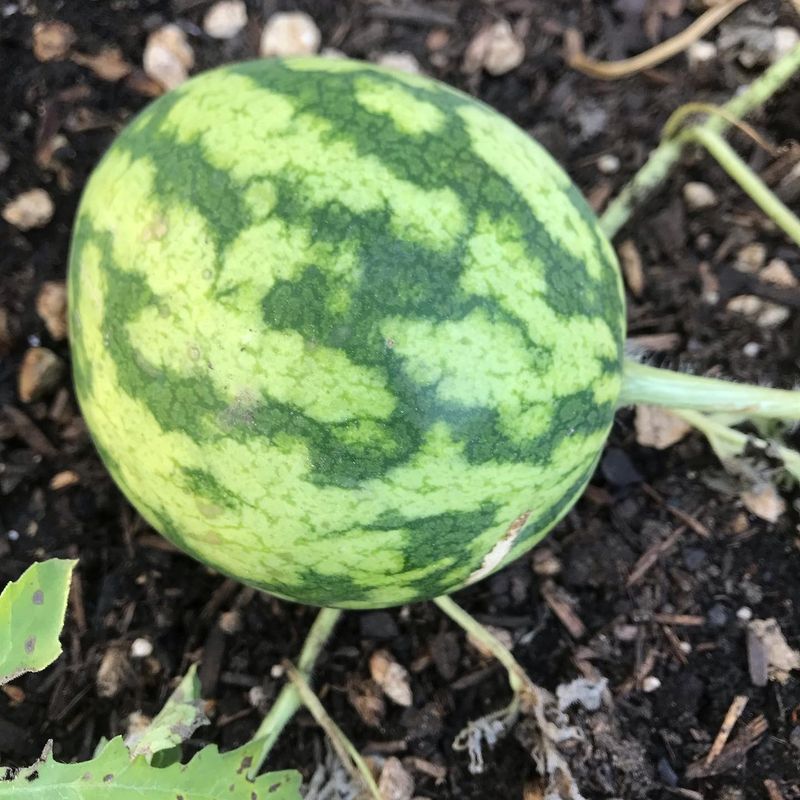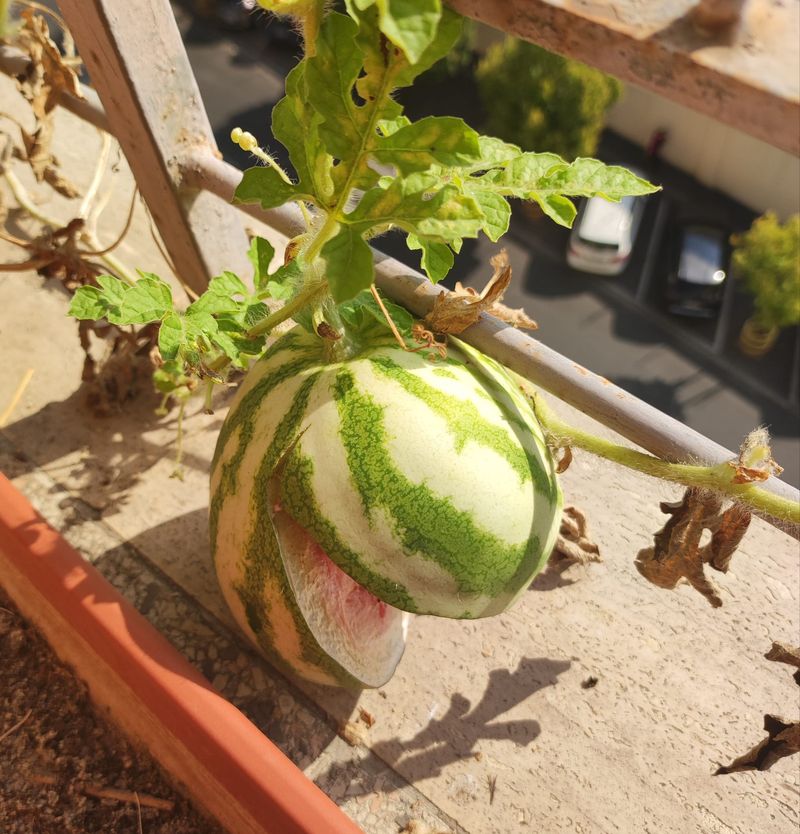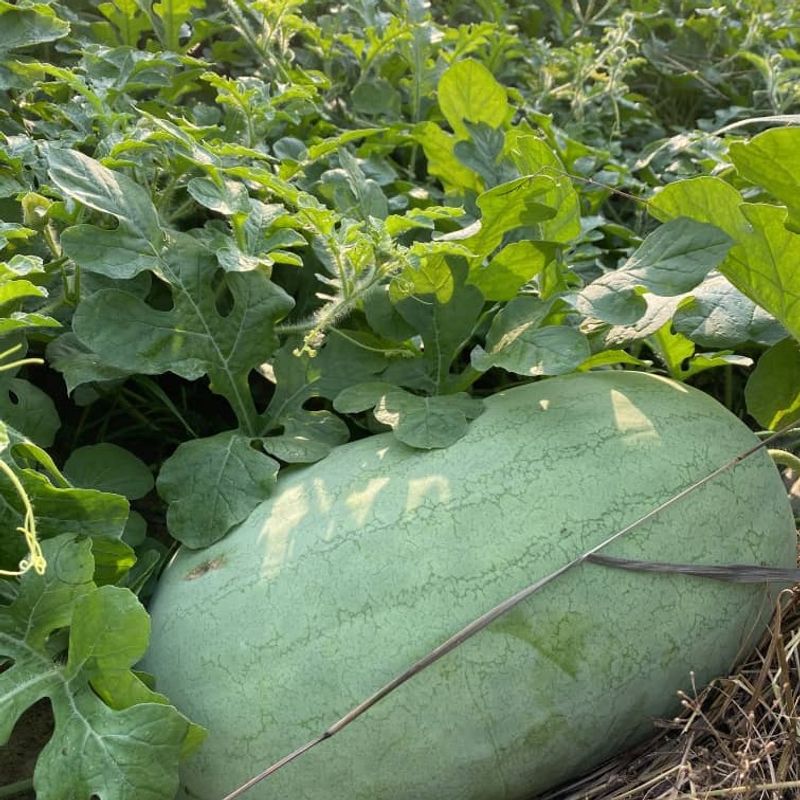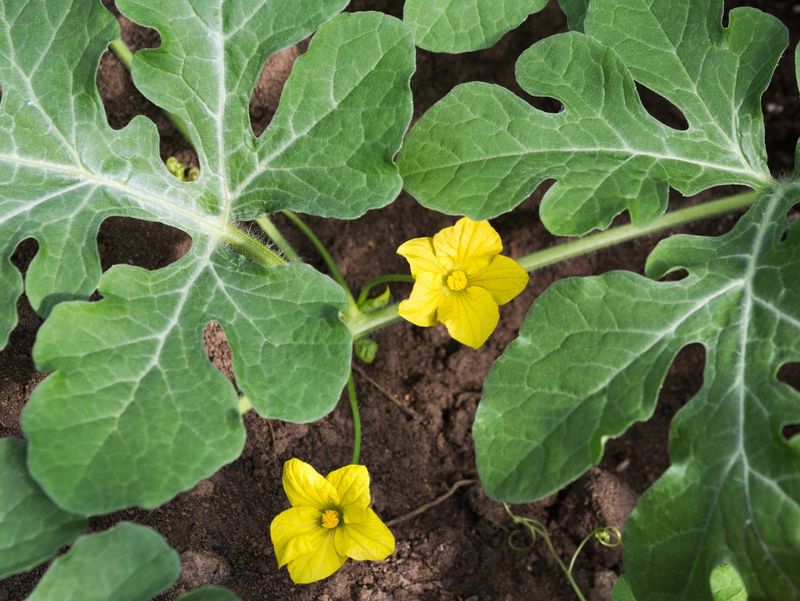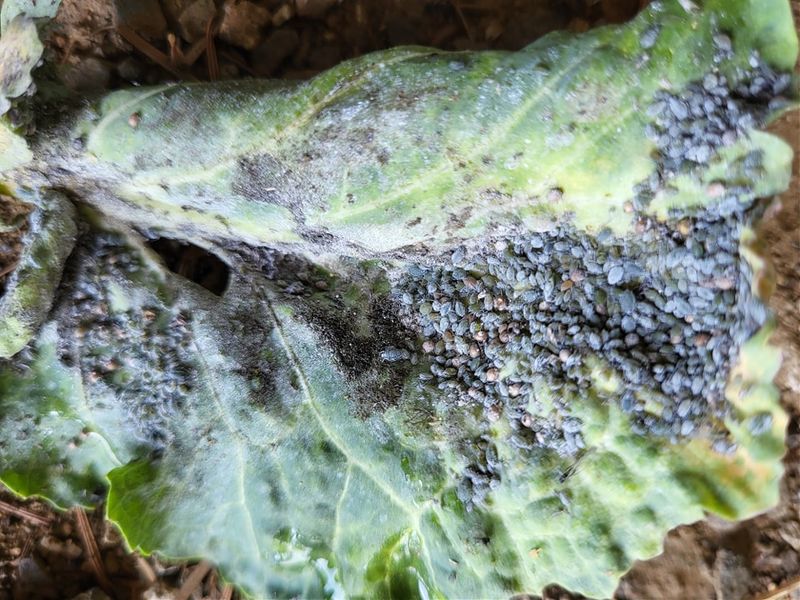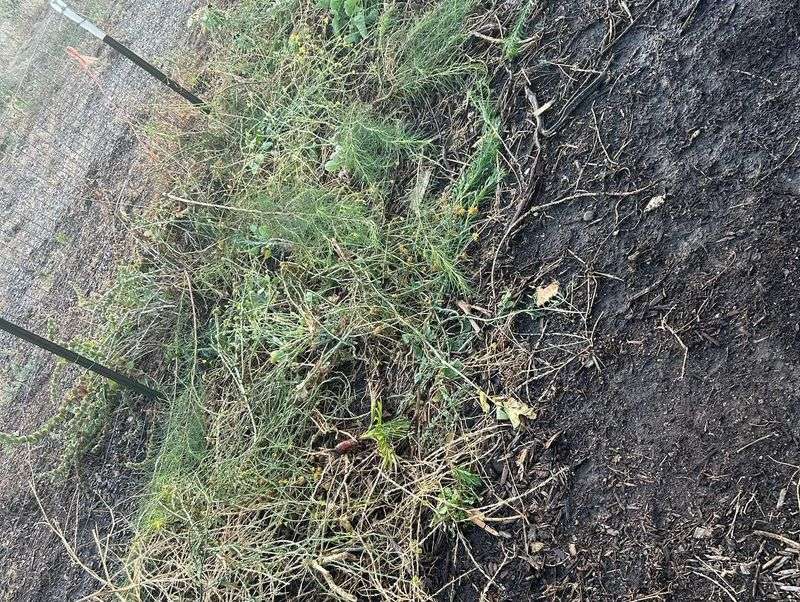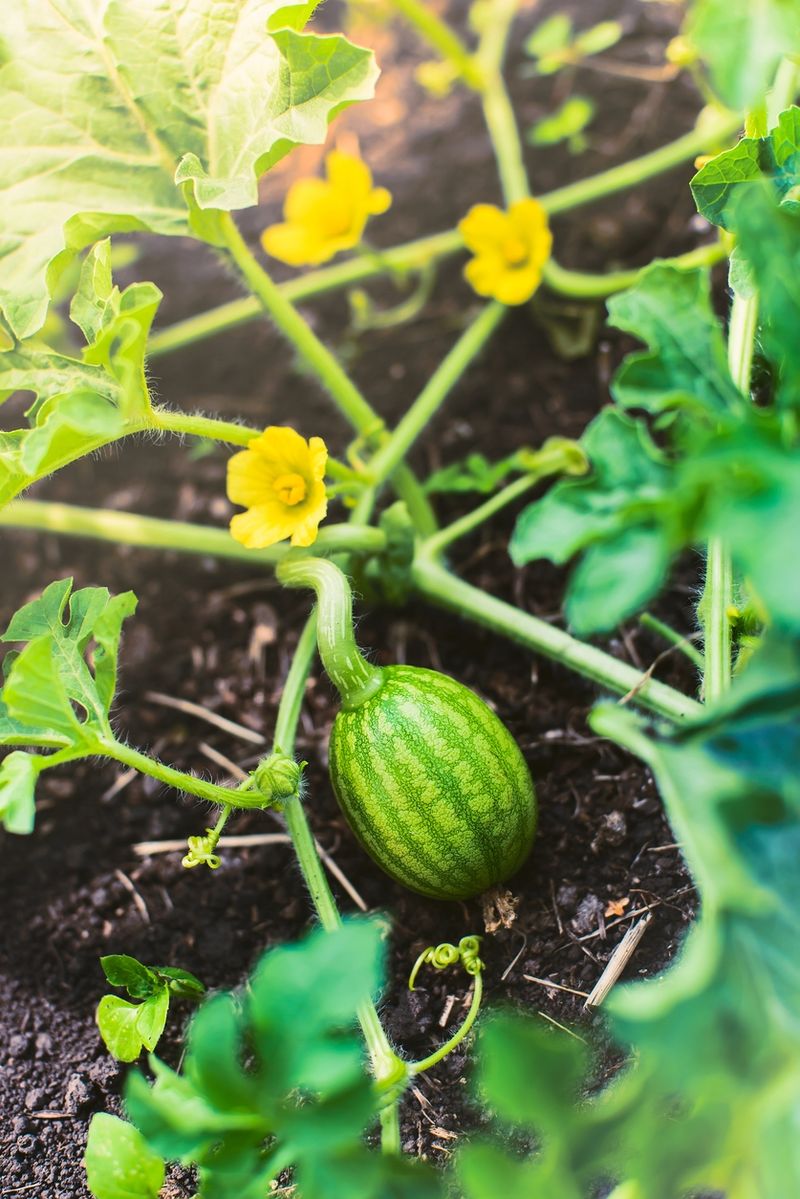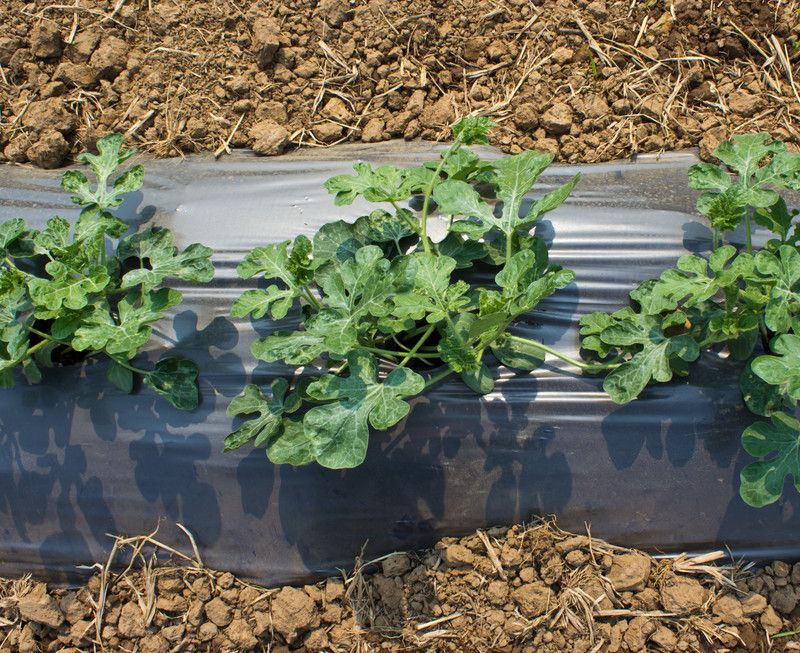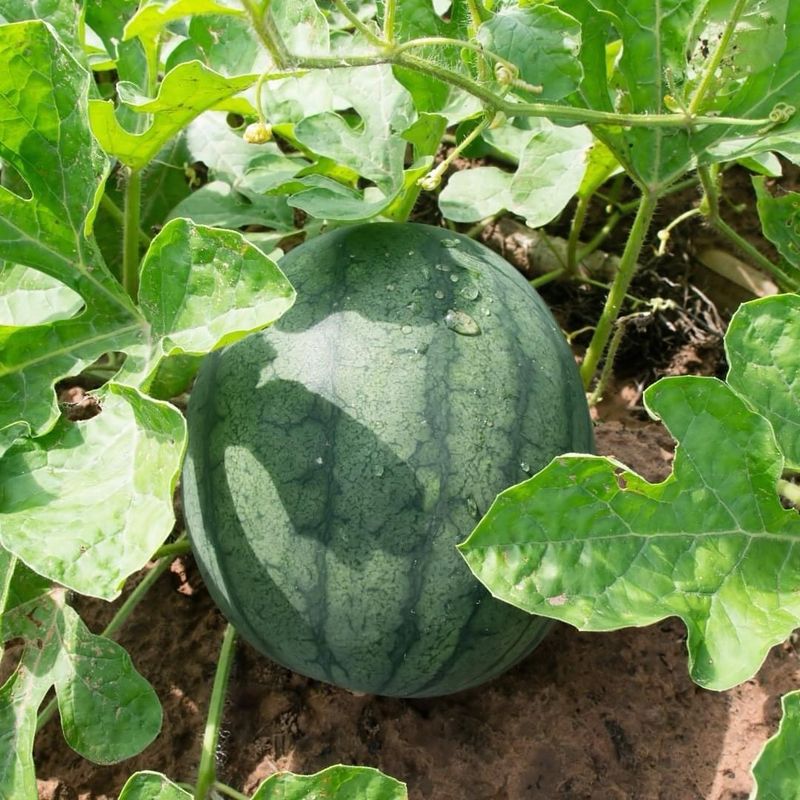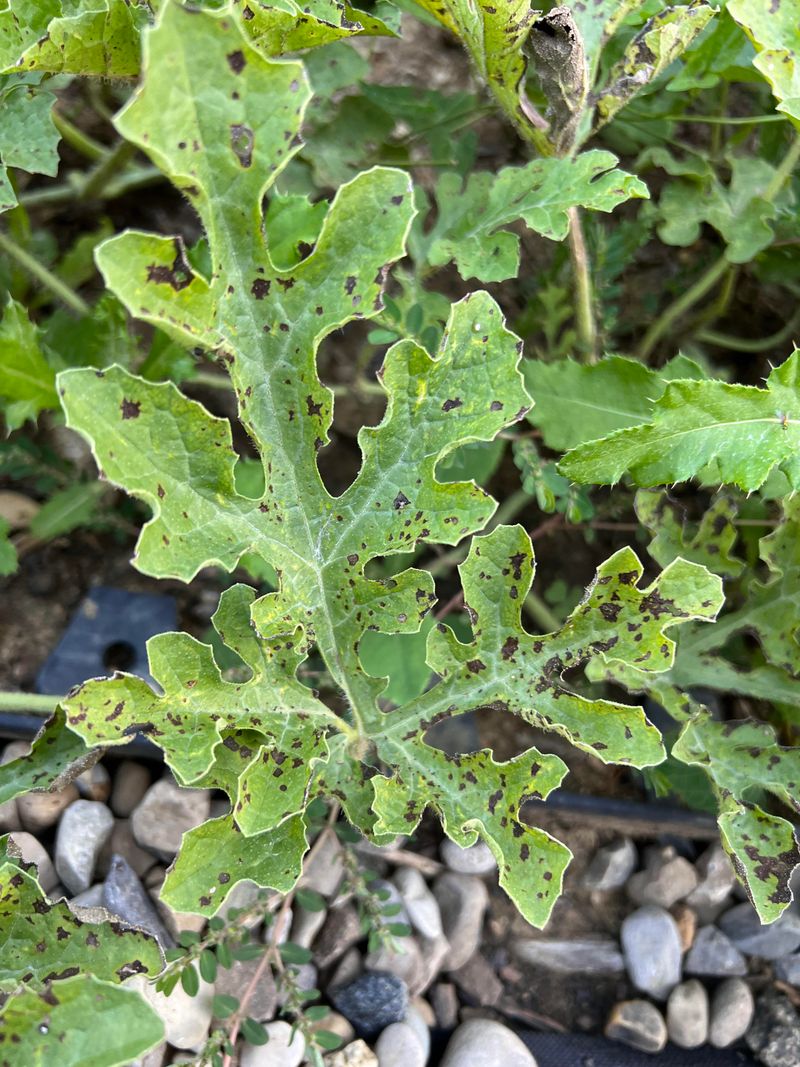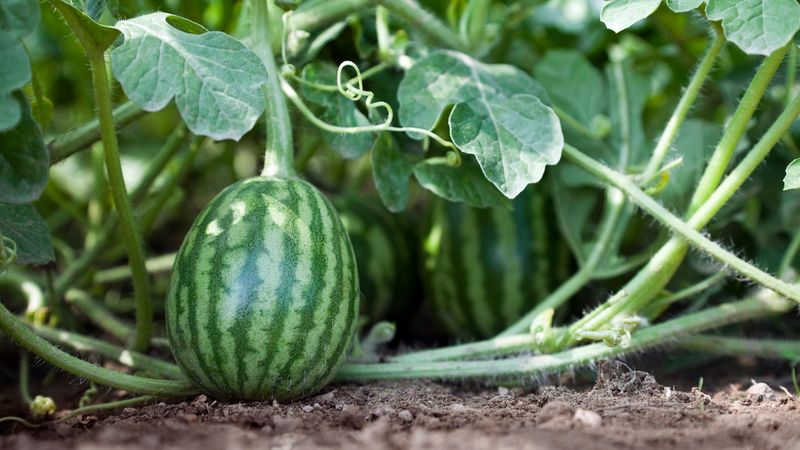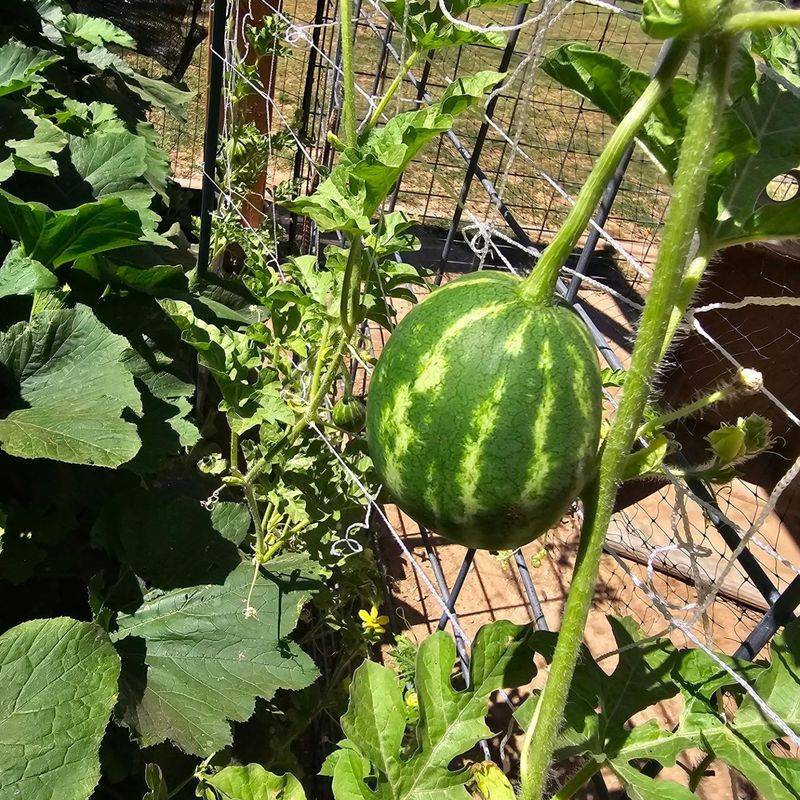Growing watermelons can be a fun and rewarding experience, but it’s easy to make some common mistakes along the way. These errors can impact the size, flavor, and health of your watermelons. By knowing what pitfalls to avoid, you can cultivate a delicious harvest that everyone will enjoy!
1. Starting Too Early
Planting watermelon seeds too early can lead to frost damage, stunting their growth. Warm soil is essential for germination and growth.
Waiting for the right temperature ensures that your seeds thrive. If planted prematurely, they might struggle to establish roots. Patience pays off, as waiting for the soil to warm will result in healthier plants.
2. Overcrowding
Watermelons need plenty of space to spread their vines and grow properly. Overcrowding plants can lead to competition for nutrients and sunlight, resulting in stunted growth.
Ensuring each plant has adequate space promotes better air circulation and reduces the risk of disease. Give them room to flourish, and they’ll reward you with juicy fruits.
3. Ignoring Soil Quality
Good soil is the foundation of healthy watermelon plants. Ignoring soil quality can lead to weak plants that yield fewer fruits.
Testing the soil for nutrients and making necessary amendments can greatly improve growth. Rich, well-drained soil full of organic matter helps watermelons thrive. A little attention to soil quality goes a long way.
4. Improper Watering
Watering watermelons incorrectly can cause a host of problems. Overwatering leads to root rot, while underwatering stresses the plants. Consistent, deep watering helps them develop strong roots.
Check moisture levels regularly and adjust as needed. Striking the right balance keeps your watermelons healthy and productive throughout the growing season.
5. Lack of Sunlight
Sunlight is crucial for watermelon growth. Placing them in a shaded area can lead to weak and leggy plants. Ensure they receive plenty of direct sunlight daily.
Full sun exposure boosts photosynthesis, leading to bigger and sweeter fruits. Choose a sunny spot to plant your watermelons and watch them thrive under the sun’s warmth.
6. Poor Pollination
Without proper pollination, watermelons can’t develop properly. Poor pollination results in small or misshapen fruits. Encourage pollinators like bees by planting flowers nearby.
Hand-pollinating can also help if natural pollination is lacking. Ensuring effective pollination leads to larger, more uniform watermelons that are deliciously satisfying.
7. Ignoring Pests
Pests can wreak havoc on watermelon plants if left unchecked. Ignoring them allows damage to escalate, affecting growth and fruit quality. Inspect plants regularly and use organic pest control methods when needed.
Keeping pests at bay ensures healthier plants and a more bountiful harvest. Vigilance is key to safeguarding your garden.
8. Neglecting Weeds
Weeds compete with watermelon plants for nutrients and space, often outgrowing them. Neglecting weeds can lead to reduced fruit production. Regularly remove weeds to keep them from taking over.
Mulching around plants helps suppress weed growth while retaining soil moisture. A weed-free garden allows your watermelons to reach their full potential.
9. Inadequate Fertilization
Fertilization plays a vital role in watermelon health. Inadequate fertilization can cause nutrient deficiencies and poor fruit development. Use balanced fertilizers to provide essential nutrients. Regular feeding keeps plants vigorous and productive.
Over-fertilizing, however, can be harmful. Finding the right balance ensures lush growth and sweet, juicy watermelons.
10. Planting in the Wrong Spot
Choosing the right location for planting is crucial. Planting in a spot with poor soil or drainage issues stunts growth. Watermelons thrive in sunny, well-drained areas with rich soil.
Avoid low-lying spots prone to waterlogging. Correct site selection sets the stage for robust growth and a plentiful watermelon harvest.
11. Failure to Rotate Crops
Crop rotation prevents soil depletion and reduces pest and disease buildup. Failure to rotate crops leads to diminished soil fertility and increased vulnerability.
Changing planting locations yearly promotes soil health and reduces risks. Rotating crops benefits both the soil and plants, leading to healthier watermelons and sustainable gardening practices.
12. Harvesting Too Early
Picking watermelons too early means missing out on peak sweetness and flavor. They need time to fully ripen on the vine. Look for signs like a yellowing underside and a hollow sound when tapped.
Patience ensures the best taste. Allowing them to mature fully rewards you with the juiciest and most flavorful fruits possible.
13. Ignoring Plant Diseases
Plant diseases can quickly spread and devastate watermelon crops. Ignoring early signs makes control difficult. Regular monitoring and prompt action help manage diseases effectively.
Use resistant varieties and proper spacing to reduce the risk. Keeping plants healthy ensures a disease-free garden and delicious, healthy watermelons ready for harvest.
14. Inconsistent Care
Consistent care is key to successful gardening. Inconsistent watering, feeding, or attention leads to stressed plants and poor yields. Set a routine for watering and fertilizing to keep them healthy.
Regular checks allow for early detection of issues. A little effort over time rewards you with vibrant plants and a fruitful harvest.
15. Not Supporting Vines
Supporting watermelon vines helps manage their growth and improves fruit quality. Without support, vines may tangle, leading to damaged fruits. Use trellises or supports to guide them.
This reduces disease risk and enhances air circulation. Proper support leads to healthier vines and better fruit development, resulting in a successful watermelon crop.

